As a platform for cultural exchange and communication between the past and the present, museums provide an excellent way to enrich cultural life. With the development of technology, the traditional format of displaying and illustrating through two-dimensional images has become redundant. The limitations of exhibition space and the fragility of cultural artefacts have constrained the ability of museums to disseminate history and culture, and technological advancement encourages the implementation of more innovative and engaging exhibition formats.
3D scanning technology can accurately and effectively record real information about cultural objects in a non-contact, non-damaging, all-encompassing digital format, enabling online display in a vivid, interactive way. This time we will look at the application of 3D digitization technology in the exhibition of ancient Japanese pottery artefacts.
Table of Contents
Discovering the beauty of ancient craftsmanship
Recently, the Aichi Museum of Ceramics held a special exhibition called “The Source of Japanese Ceramics – The Giant Wall Standing in front of Sarutou Kiln”, which explored the charm of ancient pottery with Sarutou Kiln, one of the three major ancient kilns in Japan, as the centrepiece.
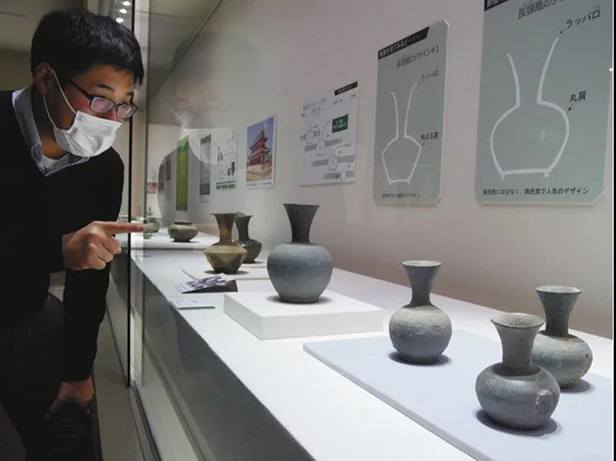
For this exhibition, in addition to the offline physical display exhibition, the curators Mr. Onishi Ryo and Mr. Hayata Inoue have introduced 3D digital technology into the Ceramic Museum’s display exhibition for the first time. Visitors can scan a QR code and can thus access 3D dynamic models of the exhibited works with their smartphones. In the 3D viewer, they can take a look at the backs of the works that are not visible in the physical exhibition, thus enabling them to carefully appreciate the works and understand the trajectory of the dynamic style development of the ancient Sarutou kilns in Japan.
How 3D scanning creates a whole new exhibition experience
For the production of the Online Exhibition Hall, Mr. Onishi and Mr. Hayata first used the EinScan Pro 2X multifunctional 3D scanner from SHINING 3D to obtain a highly accurate 3D data model of the ancient pottery.
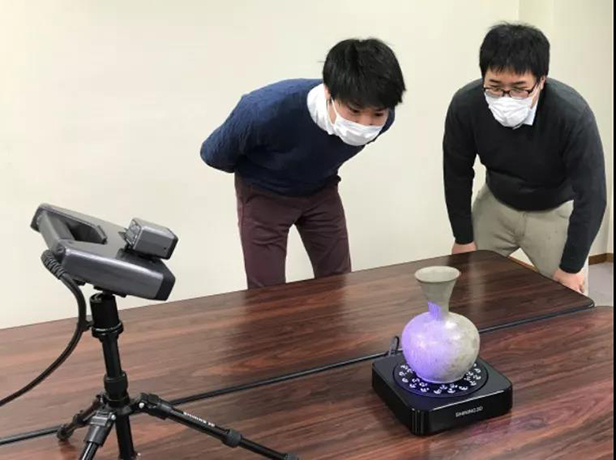
3D scanning
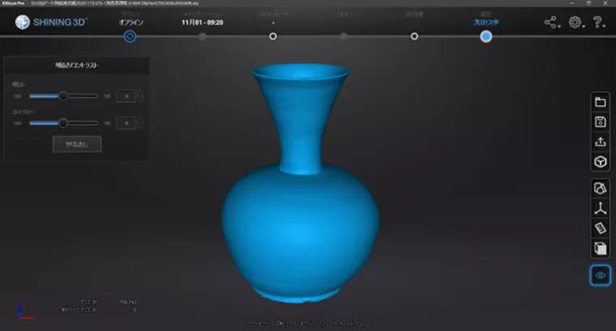
3D data
The high quality 3D model data was then uploaded to the Google Poly display platform and a QR code was created.
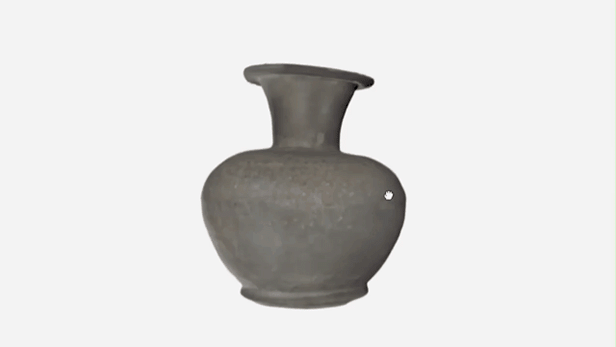
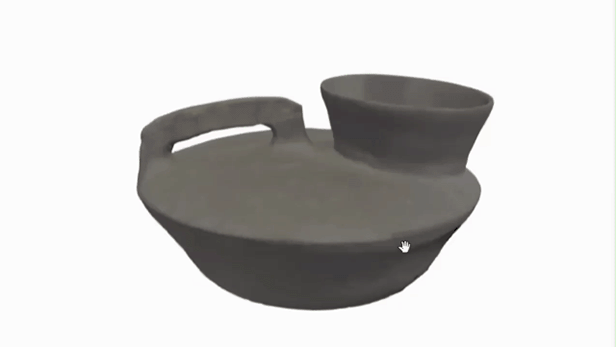
The QR Codes were finally placed on the exhibition stand together with the exhibited pottery pieces, allowing visitors to view the pieces from all angles.
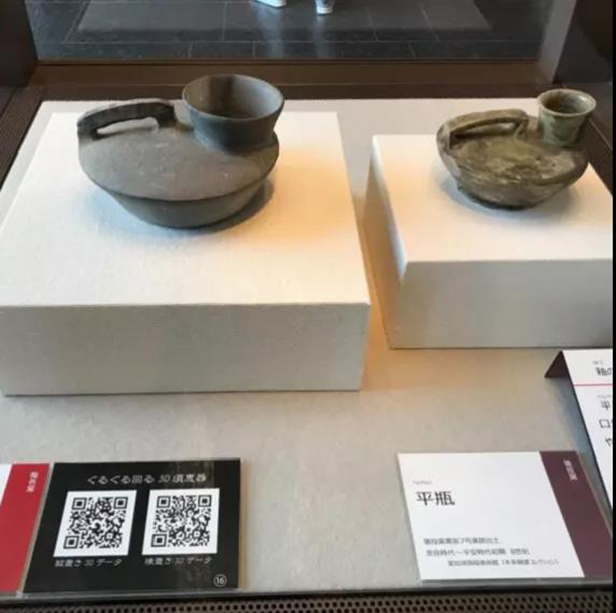
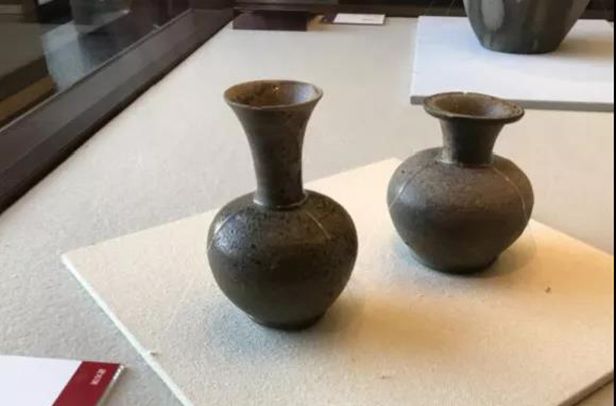
This approach to the exhibition not only allows on-site visitors to appreciate all aspects of the exhibited works, but also enables domestic and international visitors who are unable to attend the exhibition to appreciate and catch a glimpse of the charm of Japanese ancient kiln pottery through the online ‘cloud exhibition’.
“We are very pleased with the high resolution 3D data that can be achieved with the 3D scanner, the 3D data is very detailed.”
-Mr. Onishi Ryo and Mr. Hayata Inoue
Aichi Prefectural Museum of Ceramics, Japan
DIY experience with 3D scanning and 3D printing : customizing ancient-style souvenirs
During the exhibition, Mr. Onishi also planned an activity, where visitors could select their favourite exhibits and use the 3D model data obtained from the EinScan Pro 2X multifunctional 3D scanner to print and create replica derivatives of the exhibited works on a desktop 3D printer to take home as museum souvenirs.
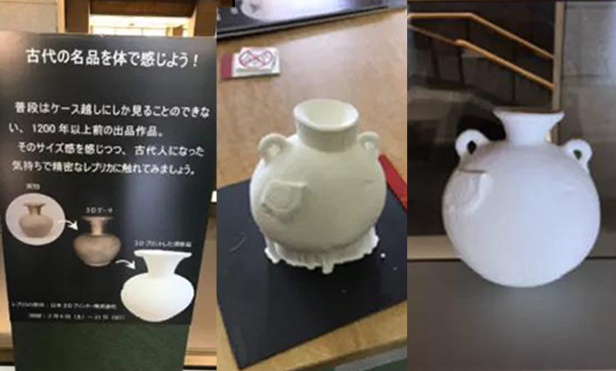
This approach to 3D exhibition using online and offline linkage was well received by visitors and the industry. In response, Mr. Onishi mentioned in a Japanese media interview that he has already received inquiries from people at several museums/art galleries, including the National Museum of Japan, about this new exhibition method, and said that the future of museum or art gallery exhibits will likely shift from being focused on appreciation to hands-on experience.
In recent years, 3D digital technology has seen a rapid increase in use in the fields of heritage conservation, restoration, data archiving, monument mapping, virtual display and derivative development. 3D digital technology has emerged to turn the digitisation of cultural relics a reality, and in this information age, it is undoubtedly a way to put the wings of technology into the dissemination of museum culture, allowing more artefacts to come out of the storage and into the exhibition.





